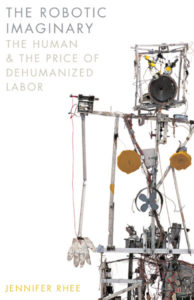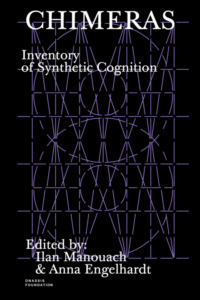The Robotic Imaginary:
The Human & the Price of Dehumanized Labor
29 January, 2020
Experimental Media and Performing Arts Center
Troy, NY
Taking into account robotics technologies’ increasing presence in our lives, labors, and wars, scholar Jennifer Rhee visits EMPAC to present the following questions: How is the human defined in these robotic visions and technological relations? What are the histories of erasures and exclusions that brought this definition of human into being? Whose lives and labors are excluded from these considerations of the human? This talk draws on Rhee’s book, The Robotic Imaginary: The Human & the Price of Dehumanized Labor (University of Minnesota Press, 2018), which argues that robotic and AI systems reflect historical gendered and racial devaluations around labor.
Rhee’s talk will begin by briefly plotting how labor devaluations are proliferated by AI assistants, vacuum-cleaning robots, and emotion-recognition AIs. She will then focus specifically on U.S. military drone warfare, which requires the racialized dehumanization of drone-strike victims. In conversation with contemporary artistic responses drone warfare, she will connect this to the U.S.’s history and continued present of racialized state violence.
Related
Monograph
To this end, we approach science and literature in the twentieth and twenty-first centuries as interactive modes of knowledge that carry forward historical practices of speculation, fugitivity, and amateurism.
Fortunati describes the hegemony of immaterial labor through its connection to forms of reproductive labor that were once located primarily within the domestic sphere. In digital capital, labor is increasingly immaterial and precarious as it makes its way outside of both the domestic sphere and the industrial factory.
The term “anthropomorphic attachments” also refers to a method for thinking about, examining, and critiquing AI technologies. According to this method, anthropomorphization, a central organizing concept of AI, cannot be disentangled from dehumanization, because the concept of the human cannot be disentangled from dehumanization.


